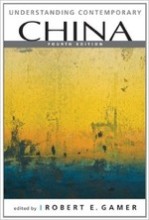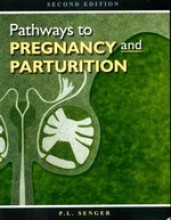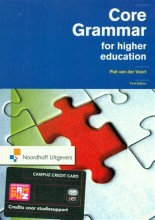Family, Kinship, Marriage, Sexuality - Family Structure
8 important questions on Family, Kinship, Marriage, Sexuality - Family Structure
In which structural categories can families be divided (by sociologists)?
- Single men/women living alone (not married, widowed or divorced).
- Nuclear family: a couple with their unmarried children; a childless couple; one of the parents living with one of his/her (un)married children.
- Stem structure of an extended family: an aged parent or parents living together with a married child and his/her spouse and possibly grandchildren.
- The extended family: Two or more married siblings living together with their children and a grandparent or two.
What was the traditional ideal family like?
Although extended families of five generations were considered the ideal family, this occurred only rarely. Why?
- Division: When the father of a household died, each son might use his share as the economic foundation for a new, smaller family which he would head. They would create a nuclear family or a stem family (if one of the sons took in the mother).
- High infant mortality rates
- Low life expectancy
- Higher grades + faster learning
- Never study anything twice
- 100% sure, 100% understanding
Why were rich families more succesful in creating a large extended family?
- They were more succesful in raising their children to maturity
- They had higher birthrates because of better nutrition and the practice of polygamy (this was a generally accepted practice, but rich families were better able to afford polygamy
How did the Western penetration into China (late 19th century) lead to more nuclear families in urban China?
What other factors, besides the Western penetration into China, led to more nuclear families?
- urbanization
- rapid industrialization
What was the main reason for the change in family forms in rural areas?
Despite the fact that family forms changed, parental control did not disappear because of collectivization. Why not?
- A groom usually required his parents to give his bride's family a large cash gift before marriage (worth several years of earnings)
- Parents are responsible for preparing the wedding ceremony and housing for their son and daughter-in-law.
The question on the page originate from the summary of the following study material:
- A unique study and practice tool
- Never study anything twice again
- Get the grades you hope for
- 100% sure, 100% understanding































